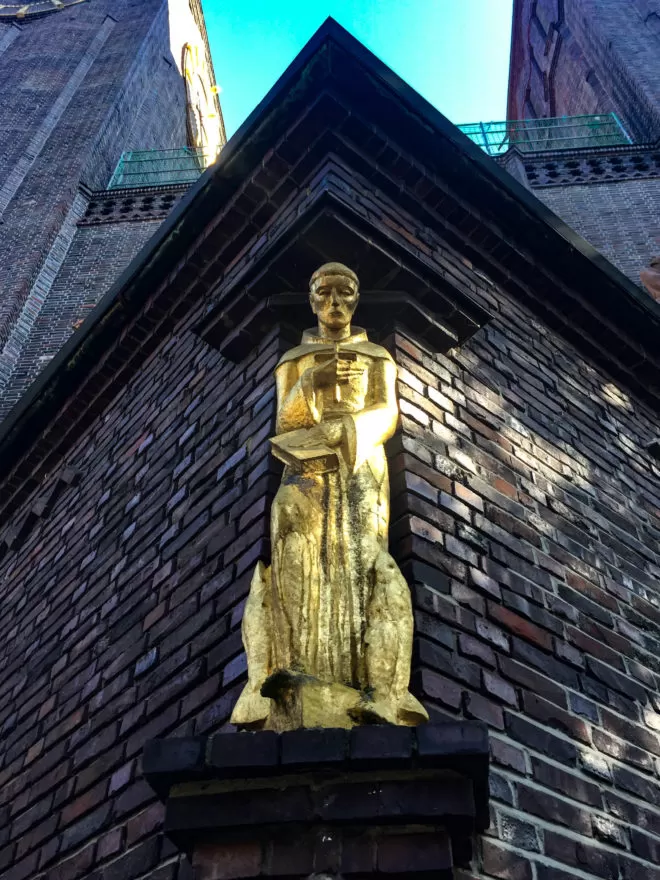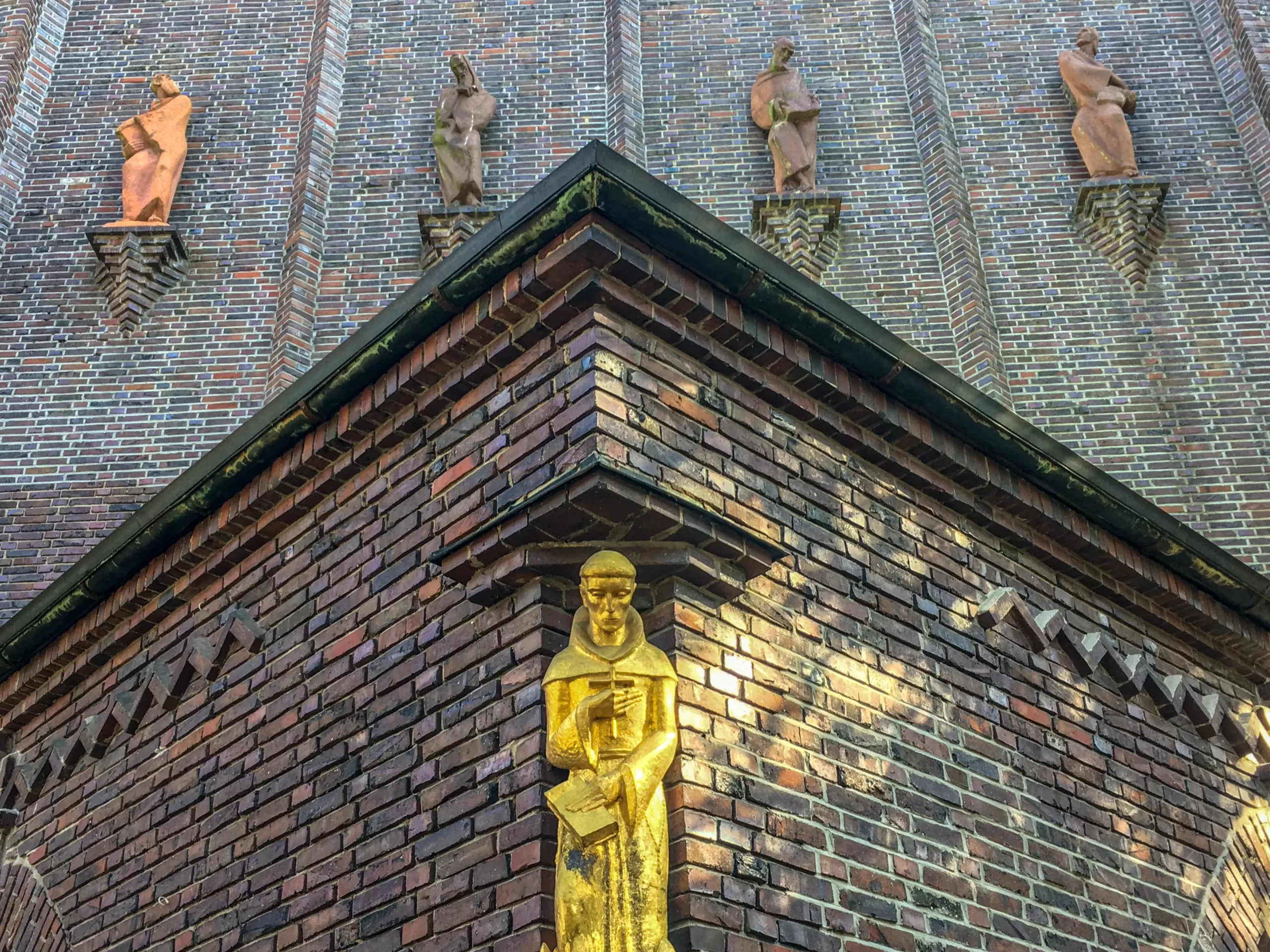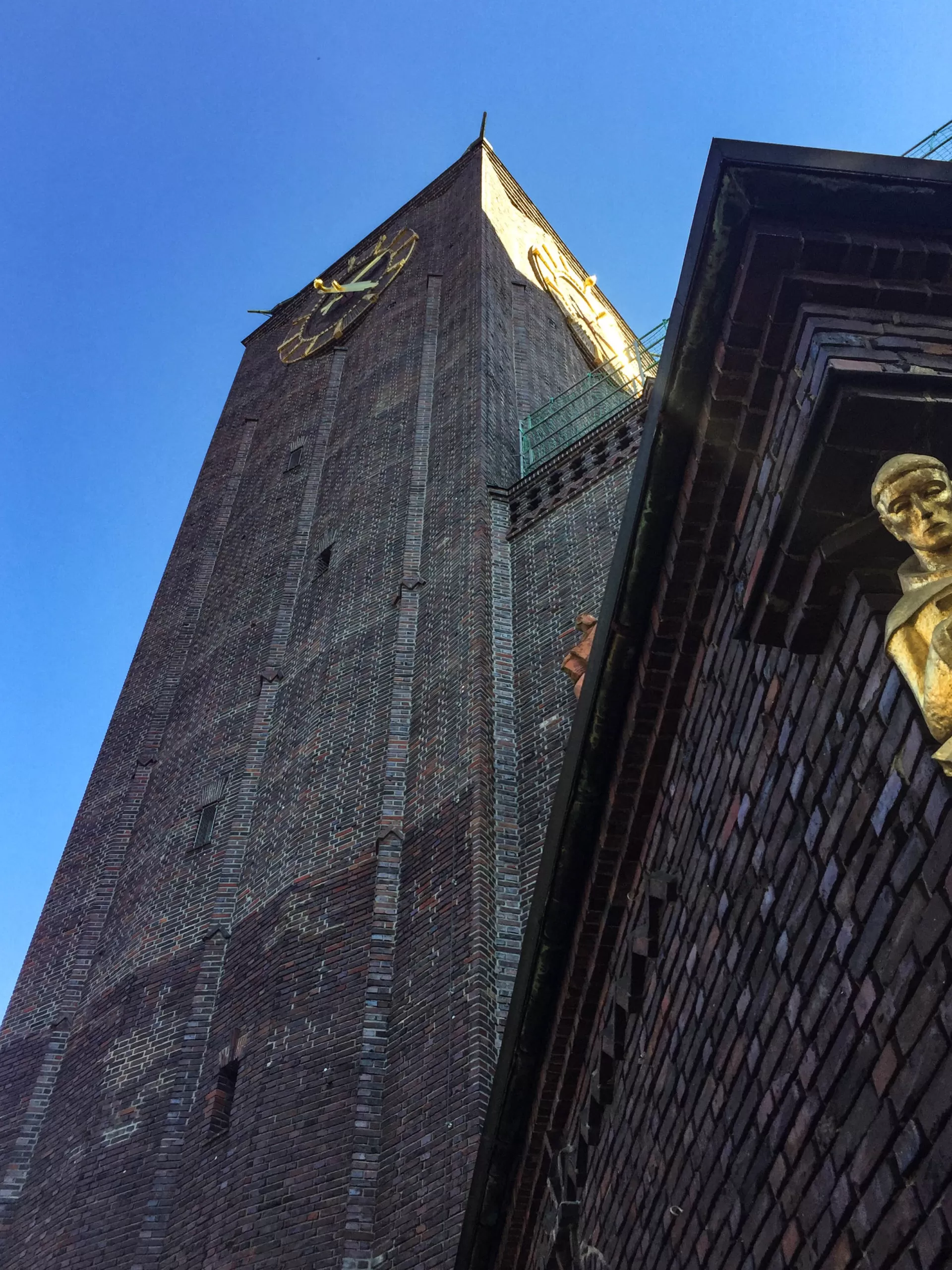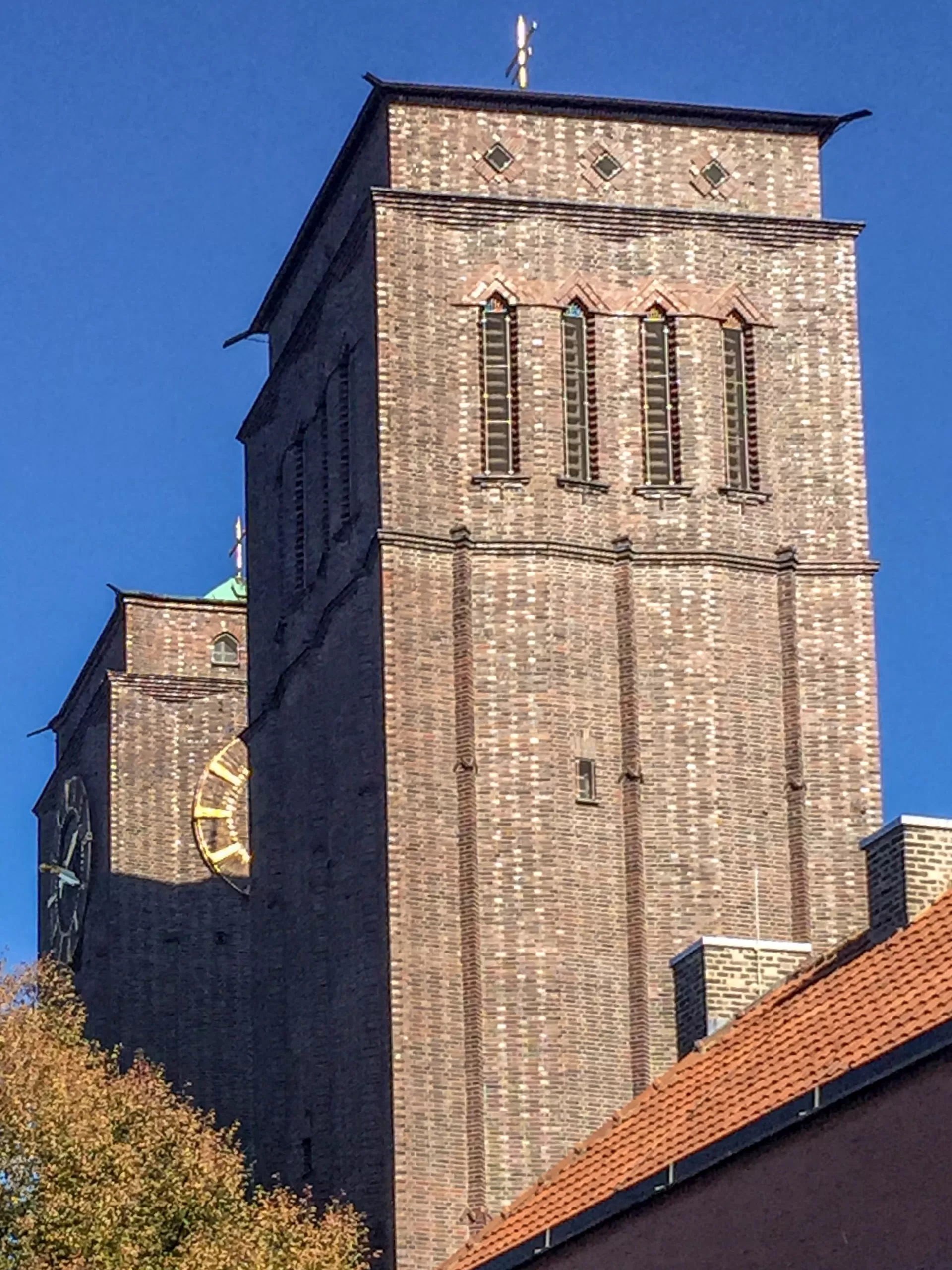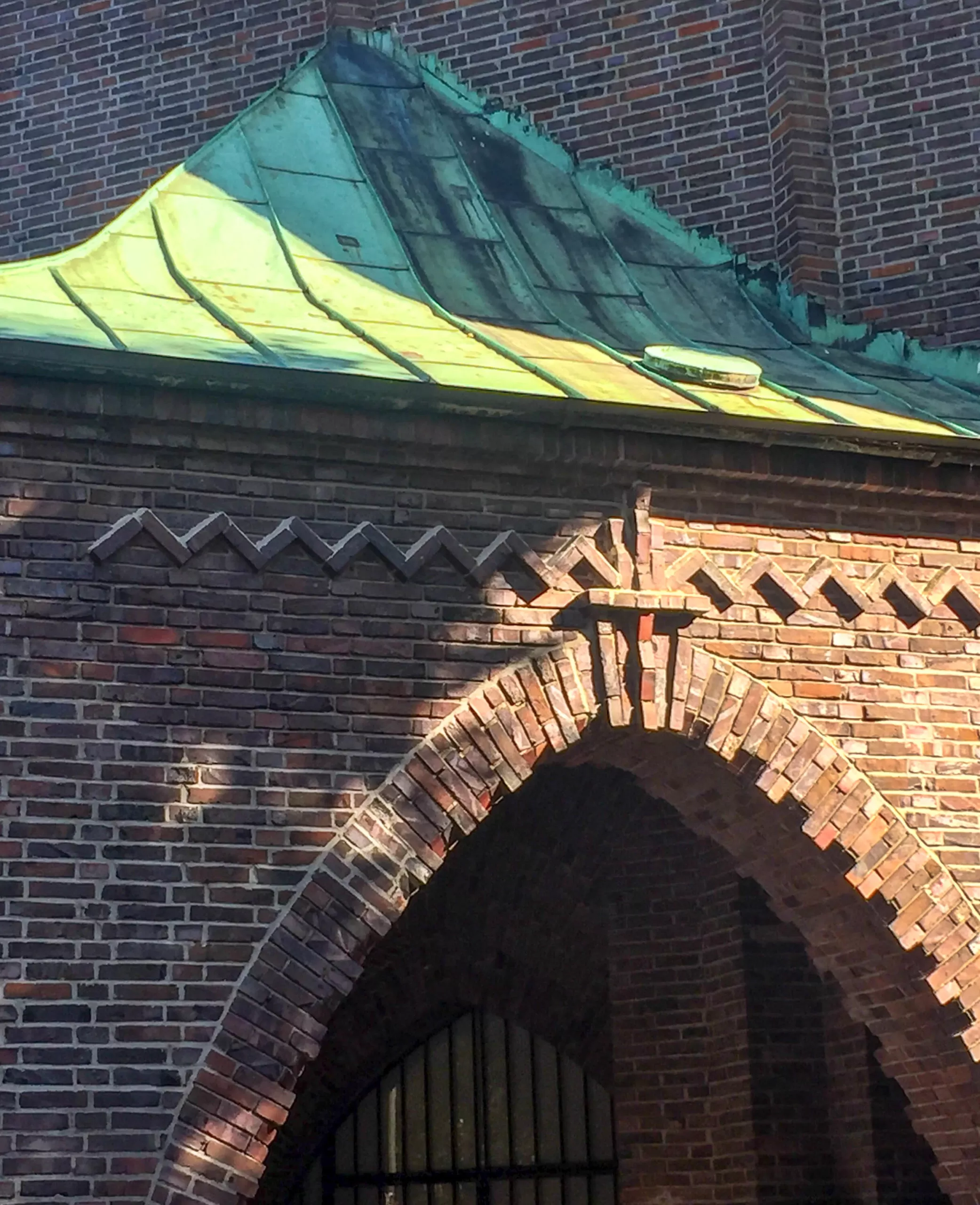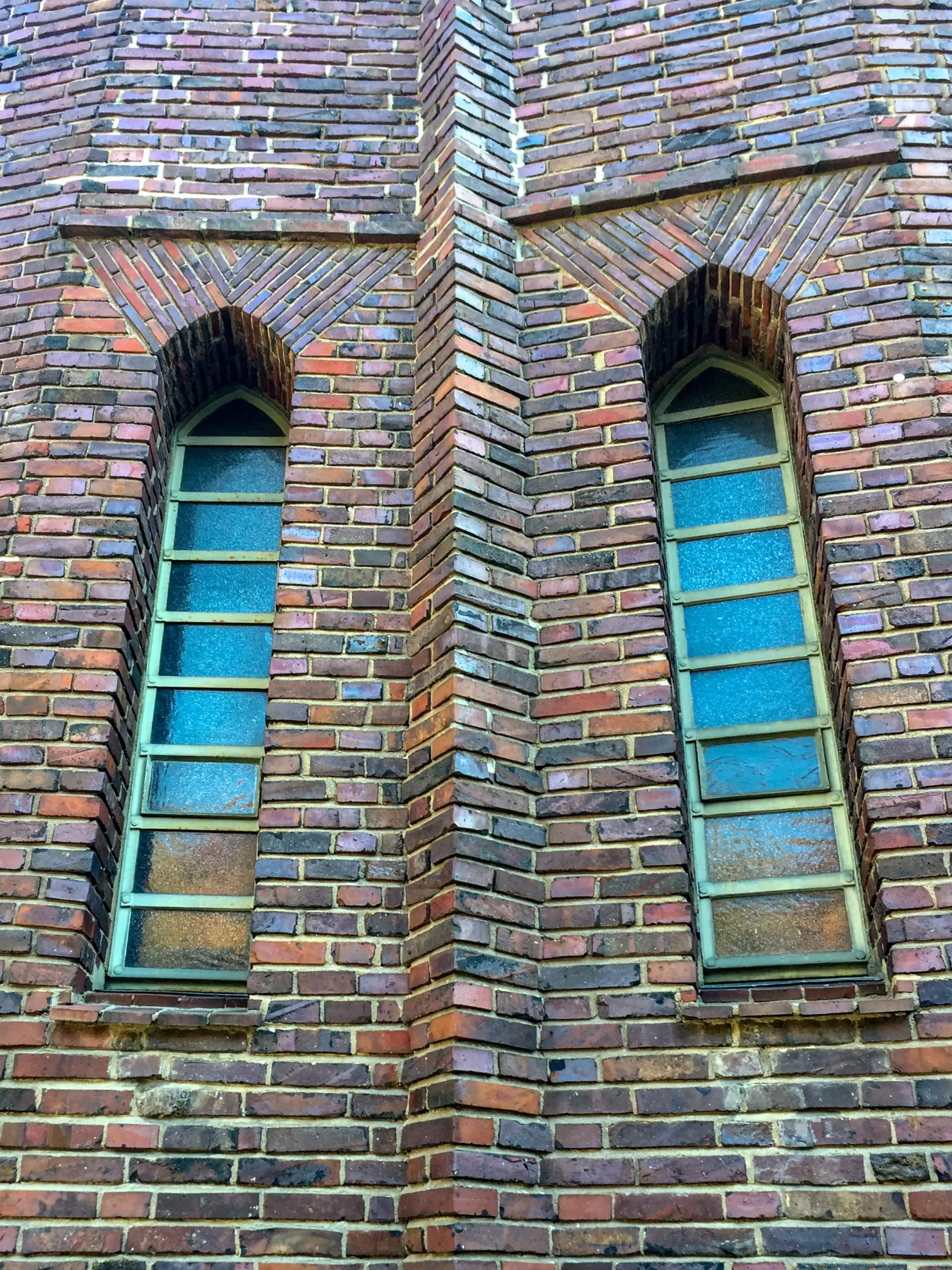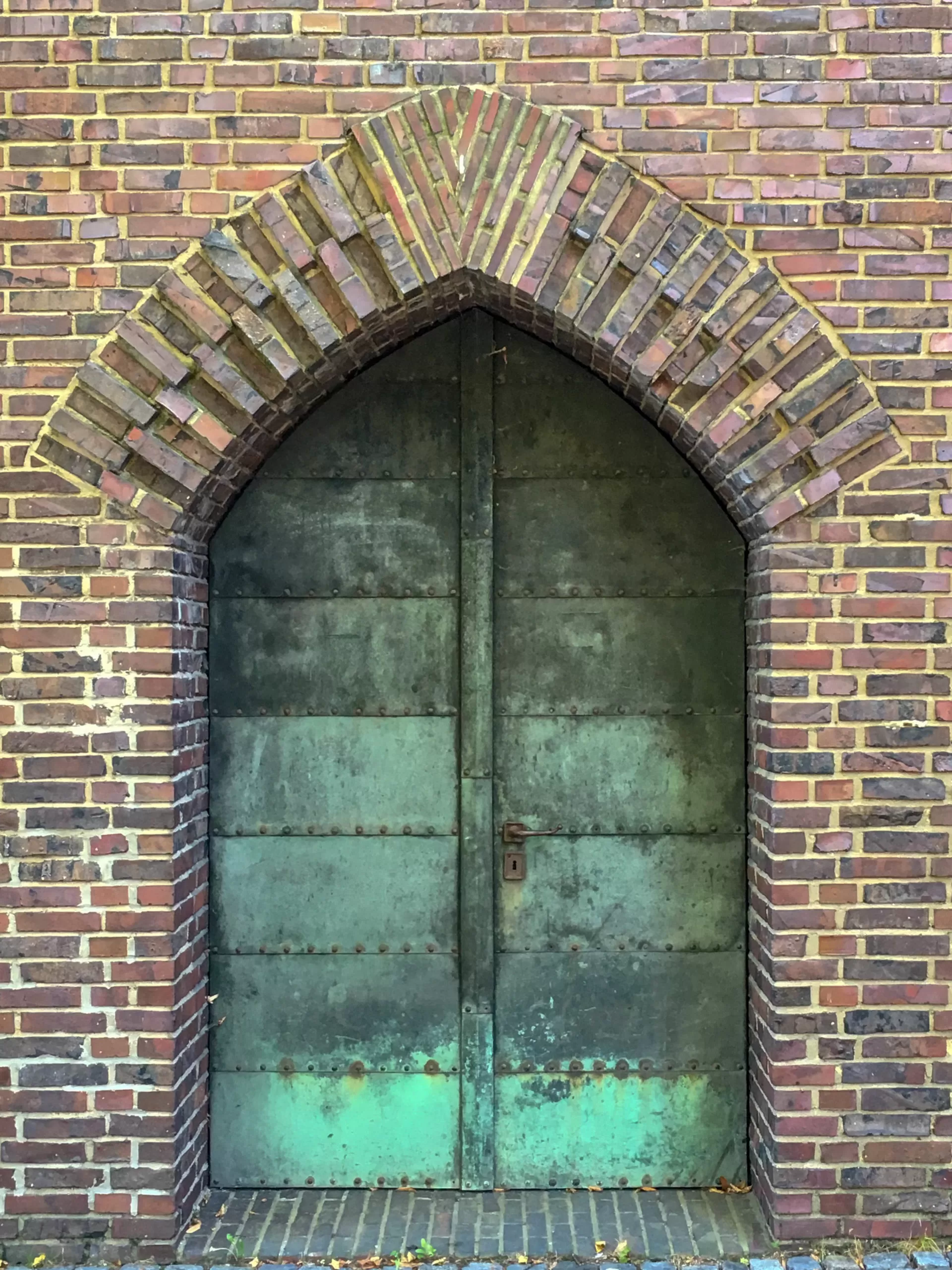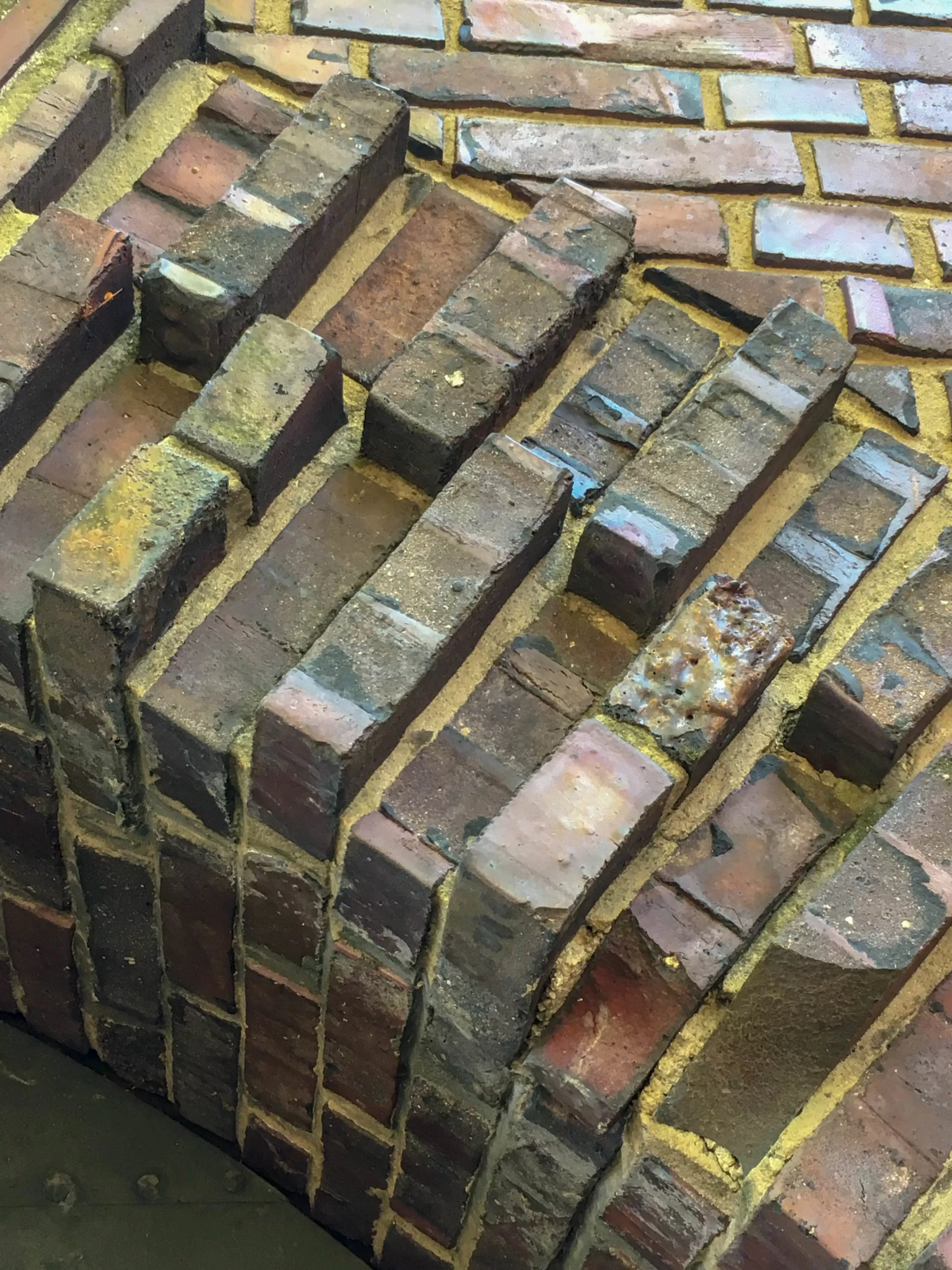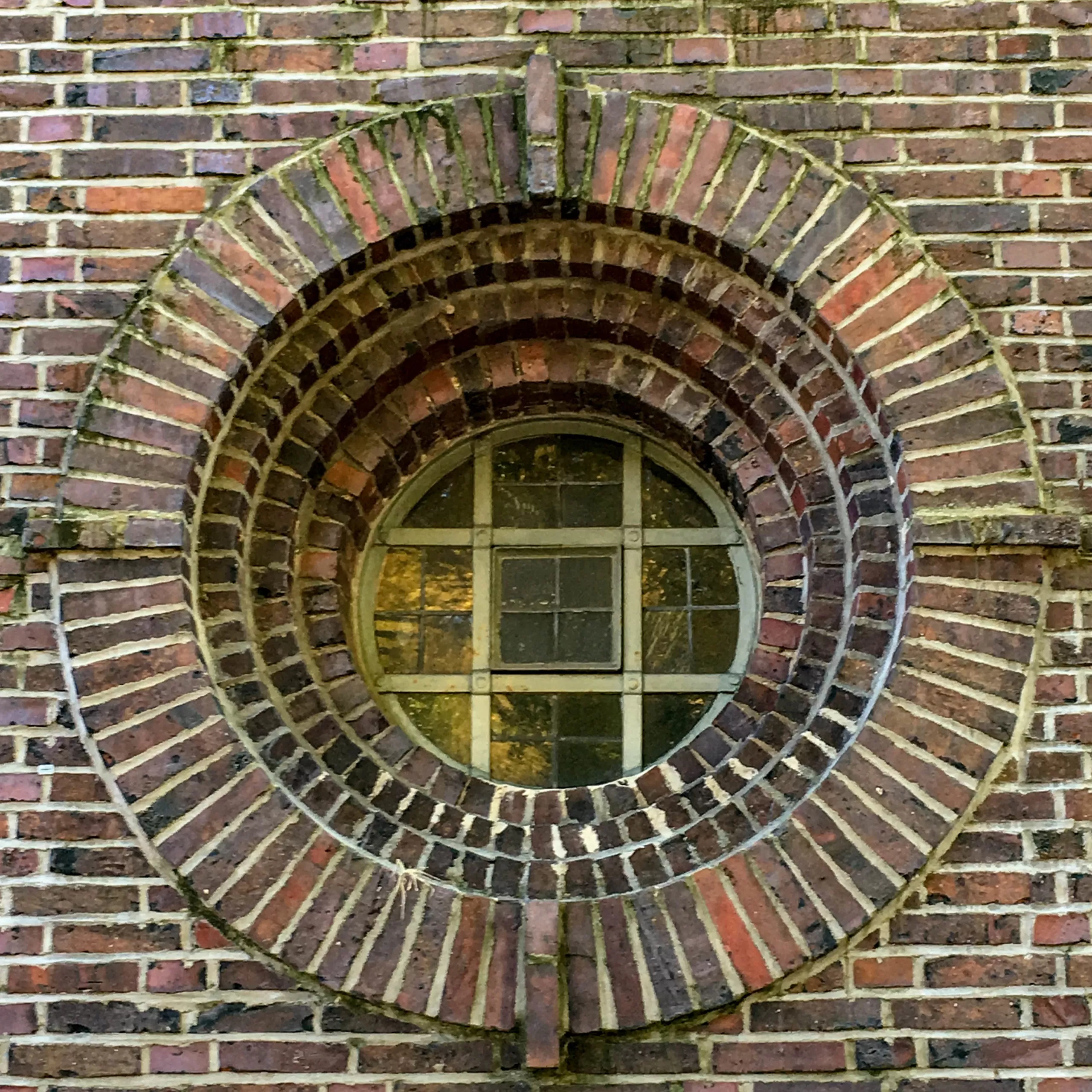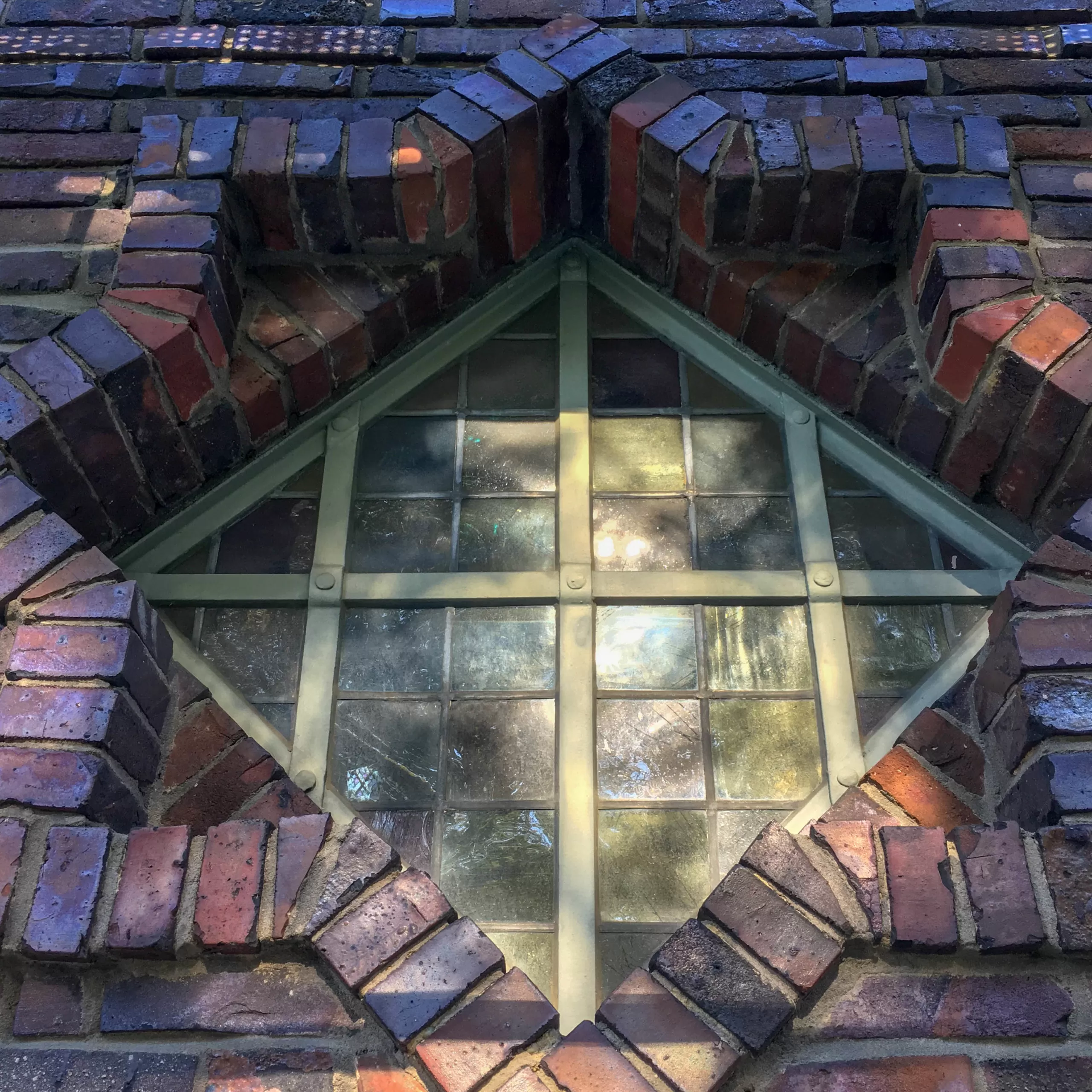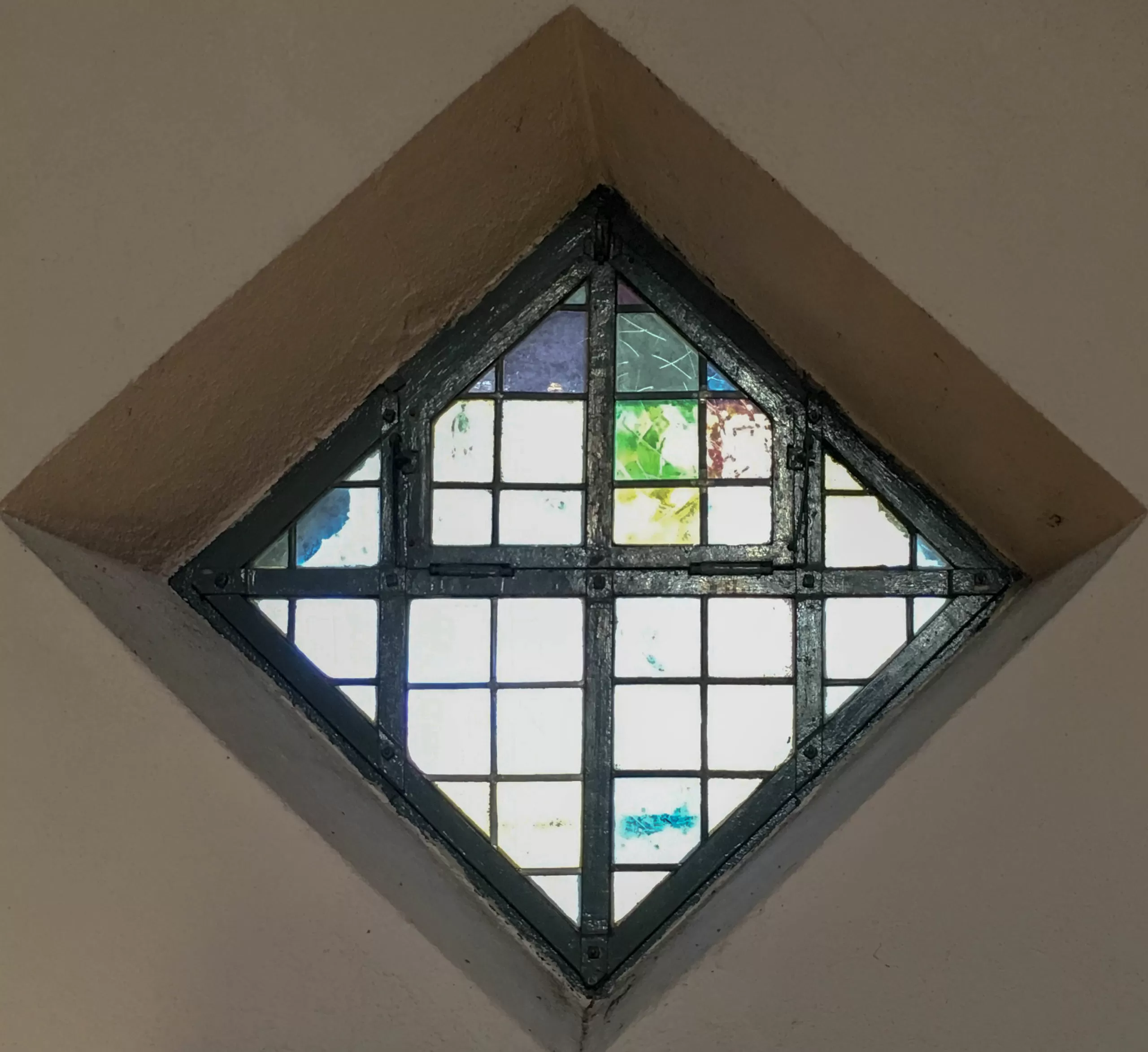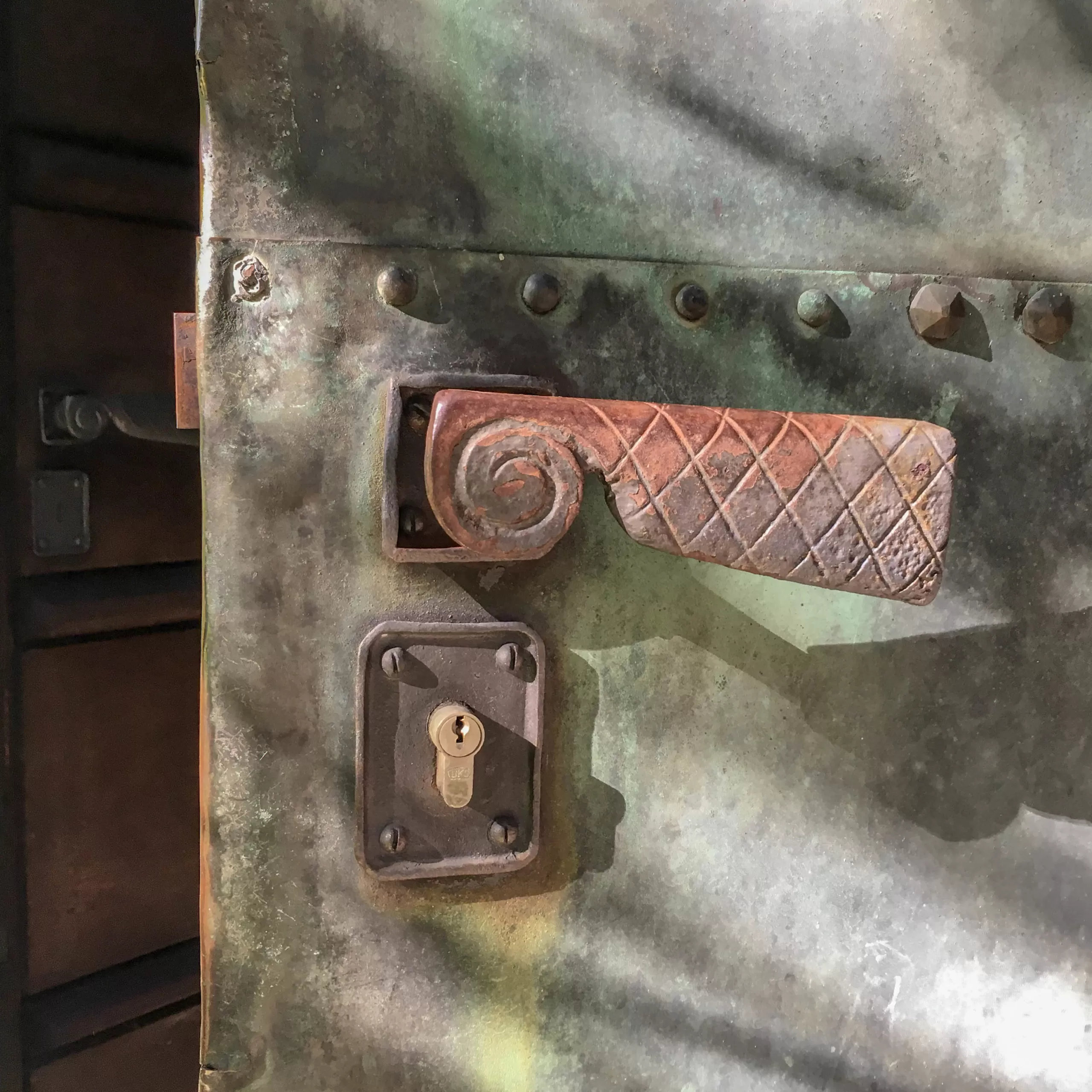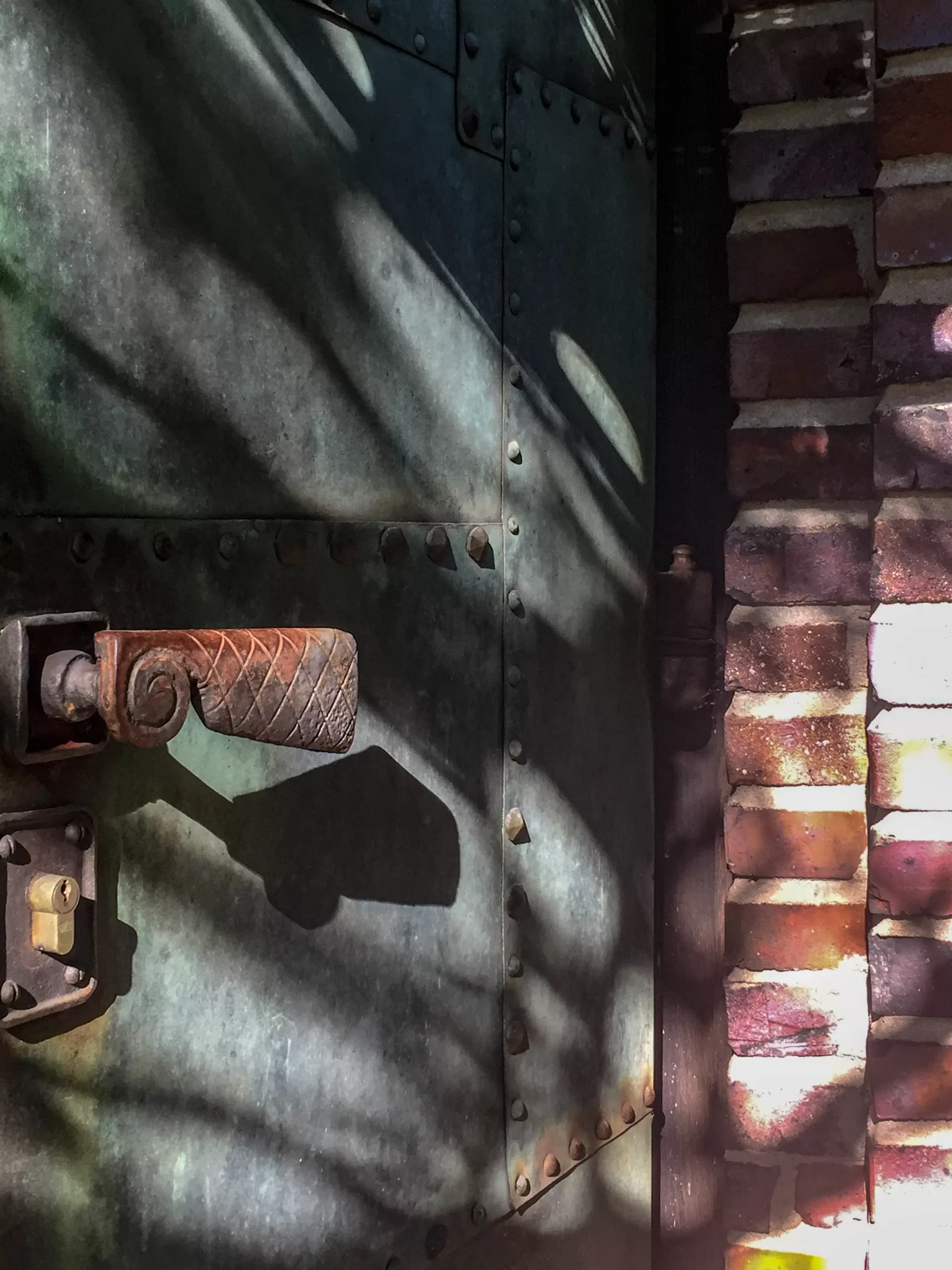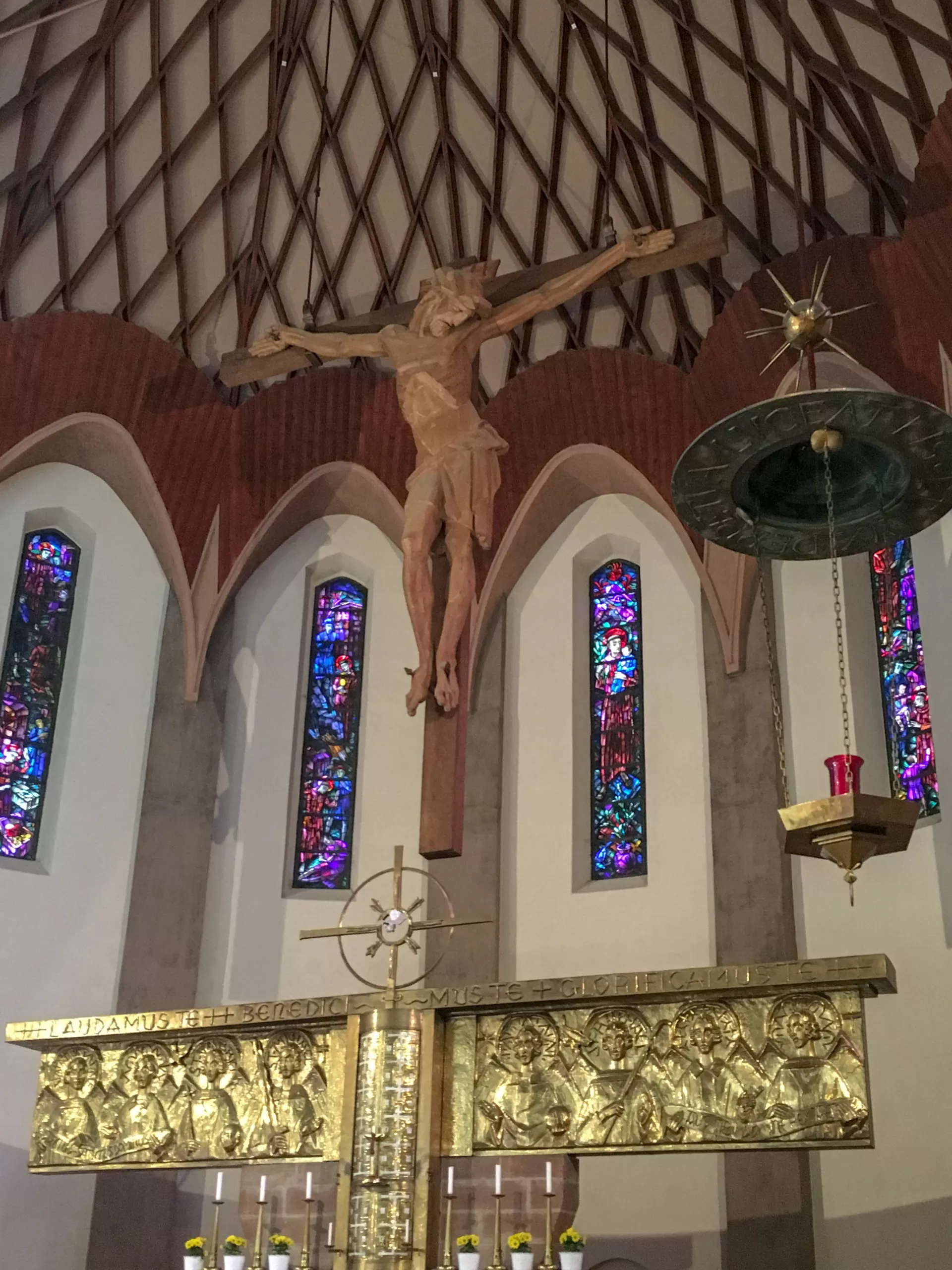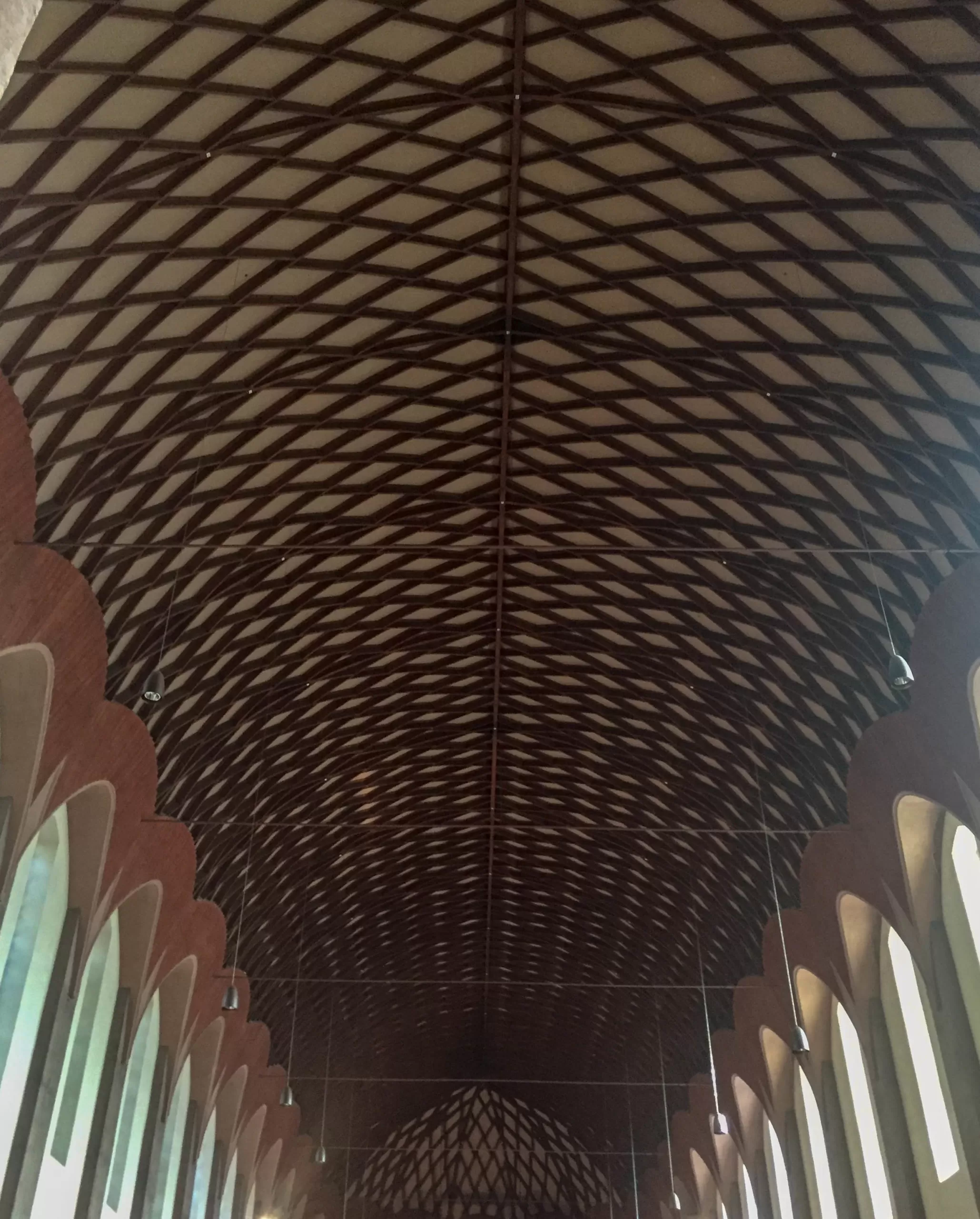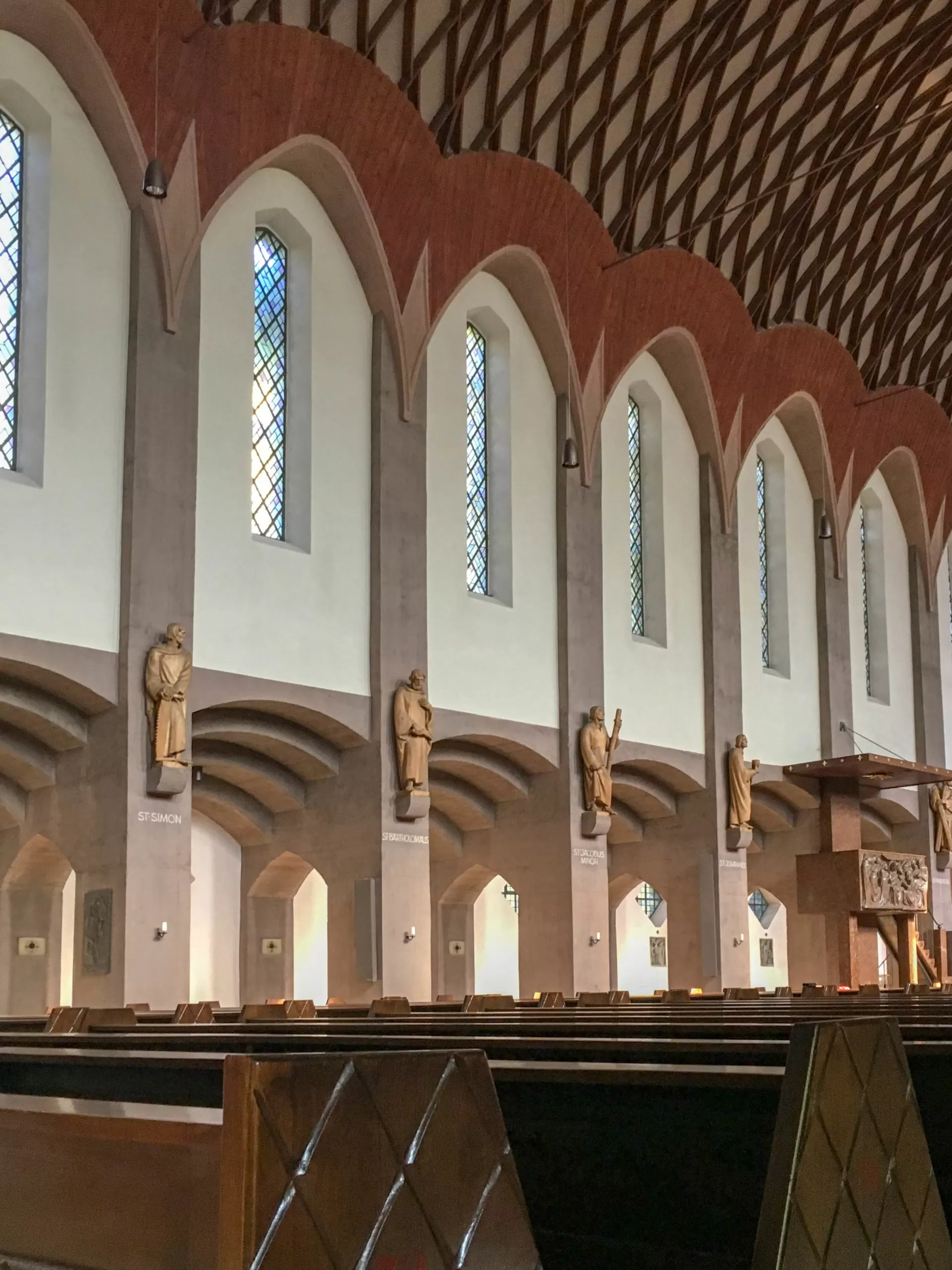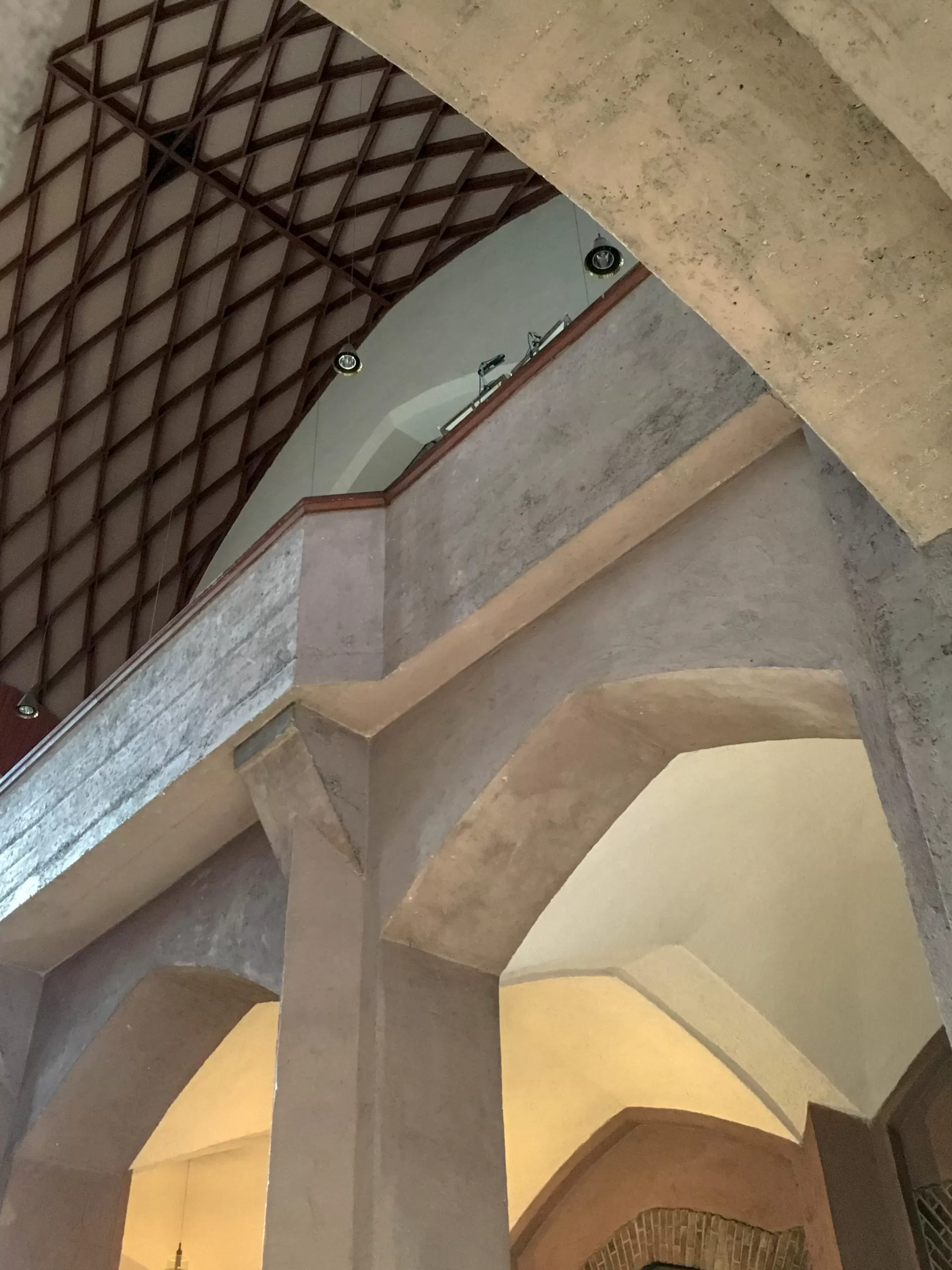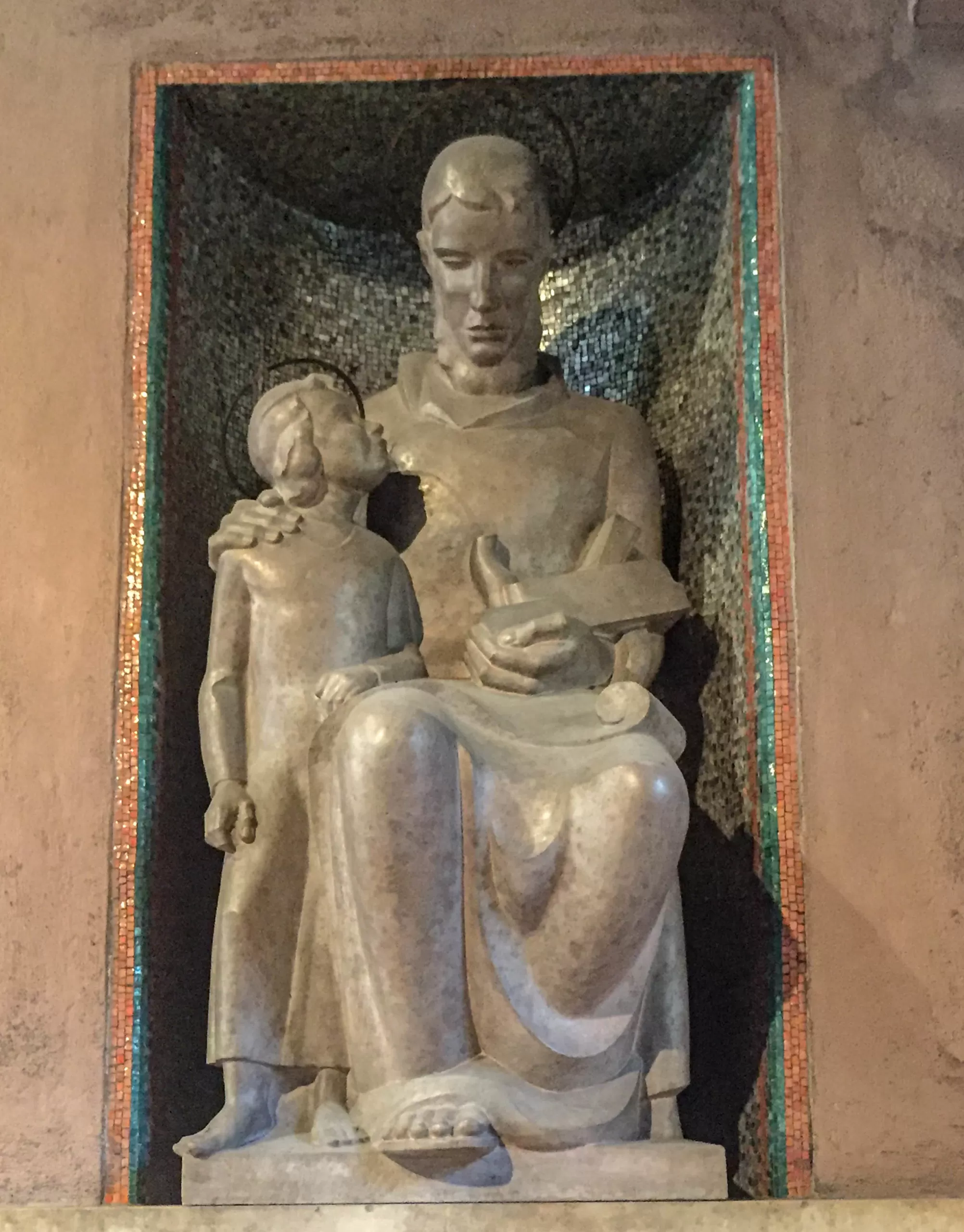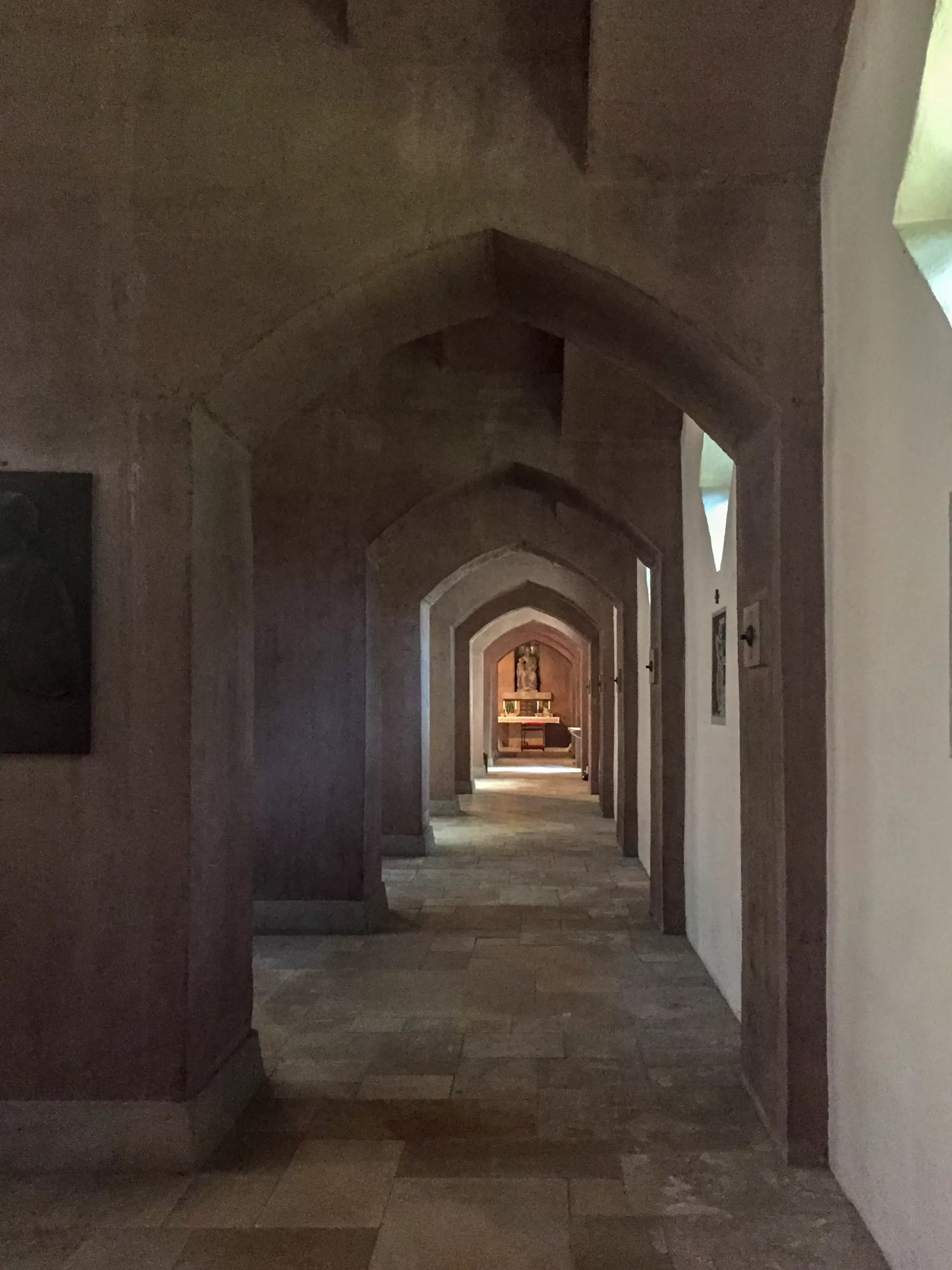1924 – 1927
Architect: Michael Kurz
Imhofstraße 47, Augsburg
The three-nave basilica St. Anton with a two-tower facade in reinforced concrete and brick was built between 1924 and 1927 according to plans by architect Michael Kurz in the Antonsviertel district of Augsburg.
The groundbreaking ceremony took place on November 4, 1924, and the church was consecrated on May 26, 1927.
Church Building
Architect Michael Kurz was already a recognized church builder in Augsburg in the twenties through the construction of the Art Nouveau church Herz-Jesu.
In the construction of Sankt Anton, Kurz used so-called Bockhorn clinker from Oldenburg, mainly second and third choice, and thus achieved a pronounced plasticity as well as an expressive interplay of colors and shapes of the facades.
For the construction of the church, a foreman and several masons were hired who had previously worked on Fritz Höger’s Chilehaus in Hamburg.
Sculpture
The clinker-fired figures of the four evangelists Matthew, Mark, Luke and John above the main portal were created by the Munich sculptor Karl Baur.
The gilded figure of St. Anthony on the projecting corner of the portal porch is a design by the Augsburg sculptor Fritz Beck.
Interior
The interior of St. Anthony rests on 34 reinforced concrete pillars, which give the hall church a uniform rhythmic structure.
The concrete used for this purpose is uncoated and was only lightly slurried and tinted.
The ceiling is lined with a wooden slat construction based on the Zollinger system, which had previously been used primarily in industrial and trade fair construction.
The large wooden crucifix was created by Karl Baur in 1929.
The following year, the two side altars were erected and the stained glass windows were mounted.
The altar of St. Theresa was installed in 1933, and a year later the pulpit was built according to designs by sculptor Karl Baur.
Also by Karl Baur are the choir organ from 1935, the altar of St. Anthony from 1935, and the Evangelist figures from 1935.
In 1936, the artist Albert Burkart from Munich painted the Antonius Chapel.
Redesign
After the Second Vatican Council it had become possible to move the altar closer to the congregation.
In the years 1969 to 1970, the altar area was therefore carefully redesigned by the architect Alfred Back and the sculptor Stefan Geiger.
The altar island was retained and merely made lower. Some rows of benches were removed and a simple sacrificial altar was installed.
Having survived the war undamaged, the building is now a listed monument.

